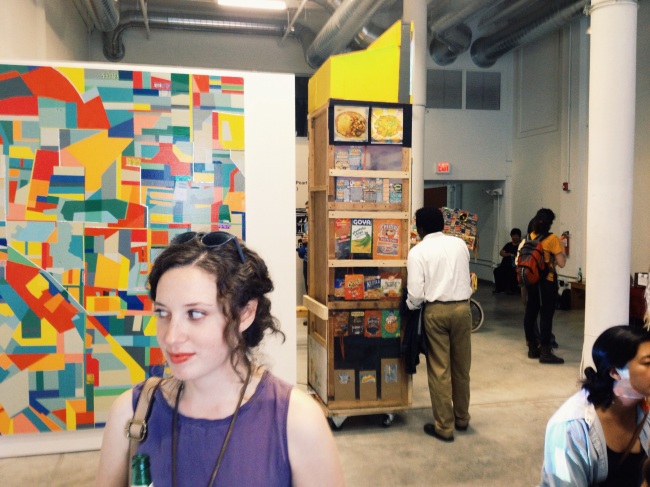After last week I’ve decided it’s important to workshop my thesis ideas. I’ve attempted to do this through explaining each section of my thesis in no particular order.
The Reason:
Museums face a range of social and recreational competition that is even more fierce in this economy. The ability for people to curate their own lives through social media demands for museums to reassess the visitors role as participants in their exhibitions. The control that we have over our lives and the need to feel a sense of ownership with the institutions and outlets we become involved in is ever increasing as the traditional sense of authorship and curatorship is being challenged. Museums need to prove their worth and sustainability to their communities.
Curatorial practice- definition of collaborative curation
Components
Public History:
Public history is an extension of collaborative curation as it involves encouragement of participation and shared knowledge. Like collaborative curation public history is ever-evolving and flexible. Community curation and the concept of shared authority within institutions sprung from this idea, which took off in the 1960s and 1970s during social justice movements.There is no precise definition of either collaborative curation or public history as both encompass a wide range of practices.
Museum Communication:
This thesis will connect to my study of museum communication because it will explore how to connect the mission of institutions with their communities. It will address the importance of story telling and interpretation. The examples and guide I create will ideally help museums understand ways to reach out to potentially underserved and unconnected community members. This thesis will also stress the importance of building relationships and sustainable practice.
Objects:
The object component will serve a small portion of my thesis as I look at ways that collaborative curation can make better use of permanent collections. Collections are in the public trust therefore the public should have more access. I will look at ways that the public may offer new interpretation and tell a different story than the institution would with objects from the collection. An example of this will be Fred Wilson’s exhibit “Mining the Museum.” Wilson used objects to tell a difficult story which both angered and excited the public. The importance of this example will illustrate how the exhibit got a reaction from an otherwise “traditional” institution.
Funding:
People invest in missions and causes that they have a personal connection to. Community curation is about sustaining relationships and cultivating future donors and advocates for the institution. Smaller institutions with less funding and less foot traffic may rely on these relationships heavily to continue. I will look at how people who pay higher admission prices to larger museums expect more and how collaborative curation may not suit them as it does smaller institutions.
The Model- Case Studies:
Examples of ISM, Wing Luke, and The Walters. These will be examples of different takes on collaborative curation. They will illustrate the evolution of the process and the model and explain that museums must act as learning institutions and be open to “failure” if they take take on these endeavors.
I’m still working out how to fit the crowd sourcing element into my thesis but I feel that it is important to include it somehow.


